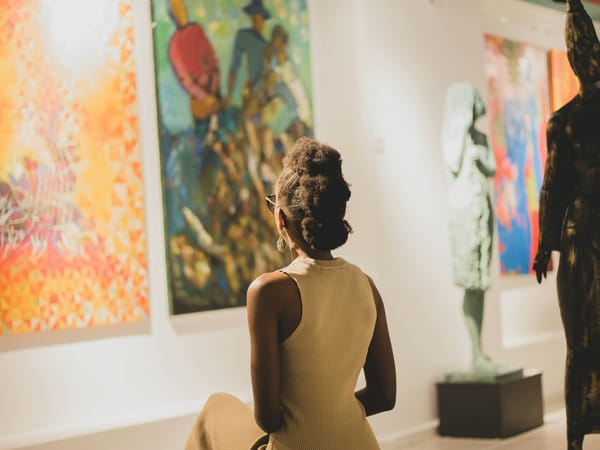Dada: The Art of Rebellion that Shook the World
Discover the chaotic, anti-establishment art movement of Dada – born from the ashes of WWI, challenging norms, and forever changing the art world.
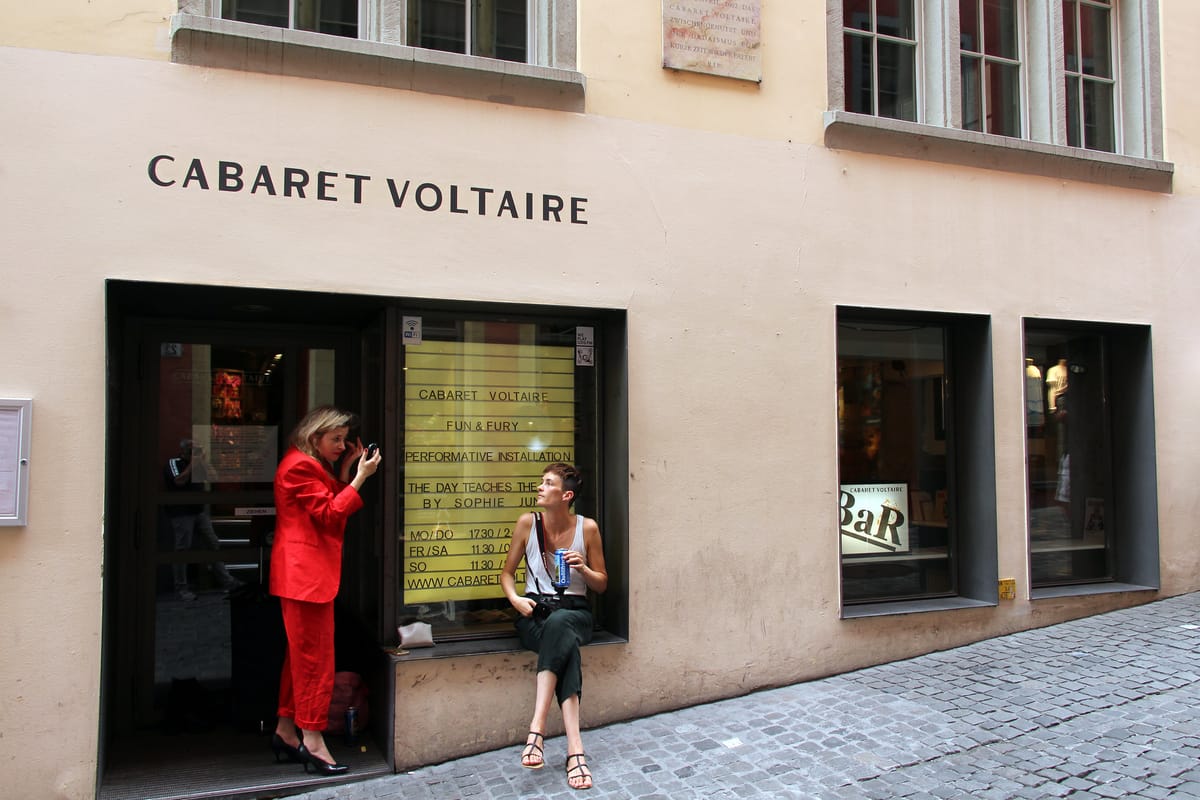
Dada is a radical art movement that erupted in Zurich in 1916, challenging the foundations of Western art and culture. Born in the chaotic aftermath of World War I, Dada rejected logic, reason, and aesthetic tradition, embracing absurdity and chaos as forms of rebellion. Founded at the Cabaret Voltaire by a wild mix of artists, writers, and free-thinkers like Tristan Tzara, Hugo Ball, and Hans Arp, Dada shattered artistic conventions, breaking the boundaries between art and life. This anti-art movement quickly spread from Zurich’s underground clubs to Berlin’s politically charged streets, Paris’s smoky cafés, and New York’s experimental art studios, fundamentally altering the course of modern art.
The Birth of Dada: A Rebellion Against the Absurd
Dada artists smashed tradition, slashed norms, and embraced nonsense as their weapon. In the dimly lit, smoke-filled rooms of Zurich, Hugo Ball took the stage in his mechanical, otherworldly cubist costume, reciting poems that twisted and shattered the very fabric of language. His words were not just sounds but bursts of chaos, strings of consonants and vowels colliding in a deliberate storm of noise, like the rumble of distant artillery.
Meanwhile, Marcel Duchamp took this spirit of defiance to the gallery floor, placing a porcelain urinal on a pedestal and calling it "Fountain". Its smooth, white curves, stark and unadorned, mocked the traditional ideals of beauty and craftsmanship, turning the sanctity of the art world on its head. This singular act redefined the boundaries of what art could be, breaking free from centuries of aesthetic constraints and demanding that the viewer confront the absurdity of the everyday.
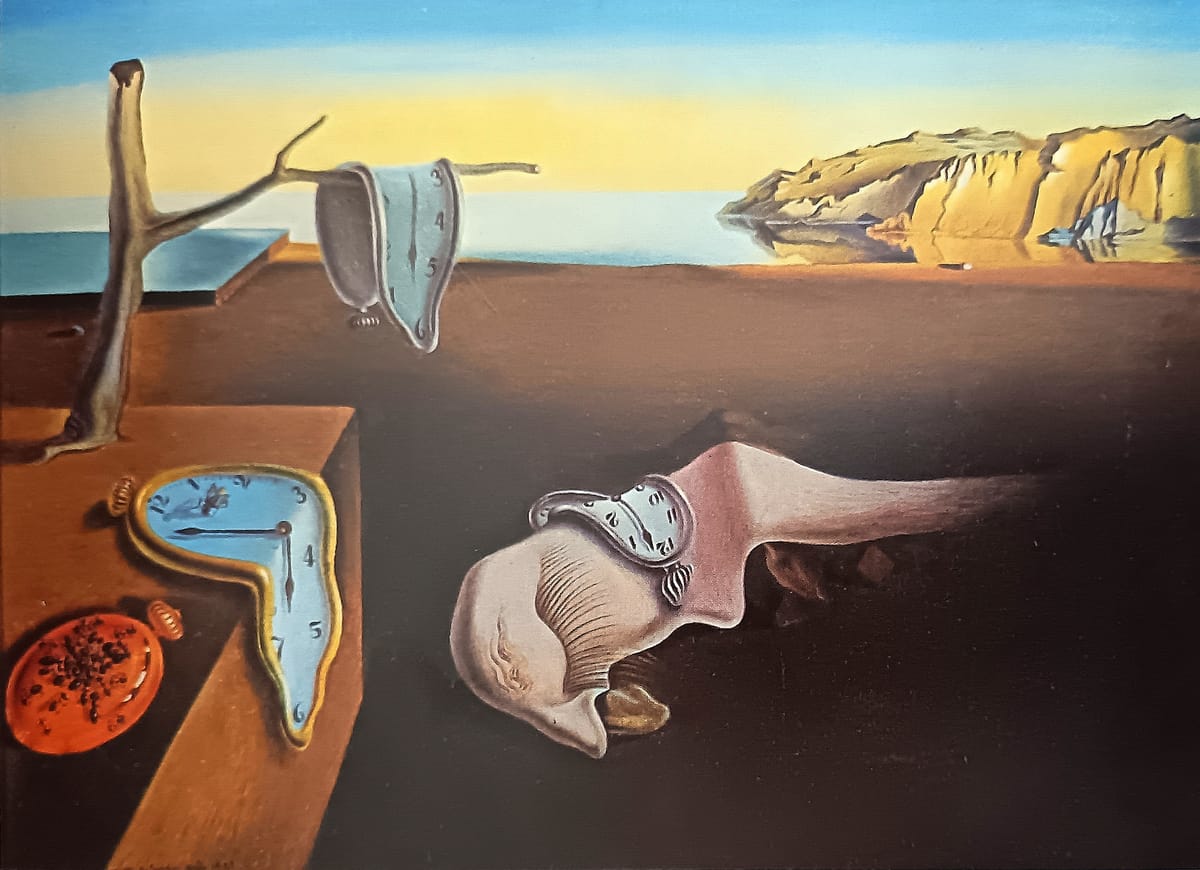
Dada's Global Spread: From Zurich to the World
Dada’s influence spread rapidly, moving beyond Zurich’s cramped, underground clubs to the bomb-scarred streets of Berlin, the bustling boulevards of Paris, and the neon-lit studios of New York. In Berlin, the movement took on a sharper, more political edge, reflecting the bitter social unrest of the Weimar Republic. In Paris, it twisted into the surreal, diving into the subconscious mind, while in New York, it merged chaos with the bold innovation of the American avant-garde, absorbing the energy of a rapidly modernizing world. This global spread cemented Dada’s place as a foundational movement in modern art, reshaping how artists approached creation, meaning, and expression.
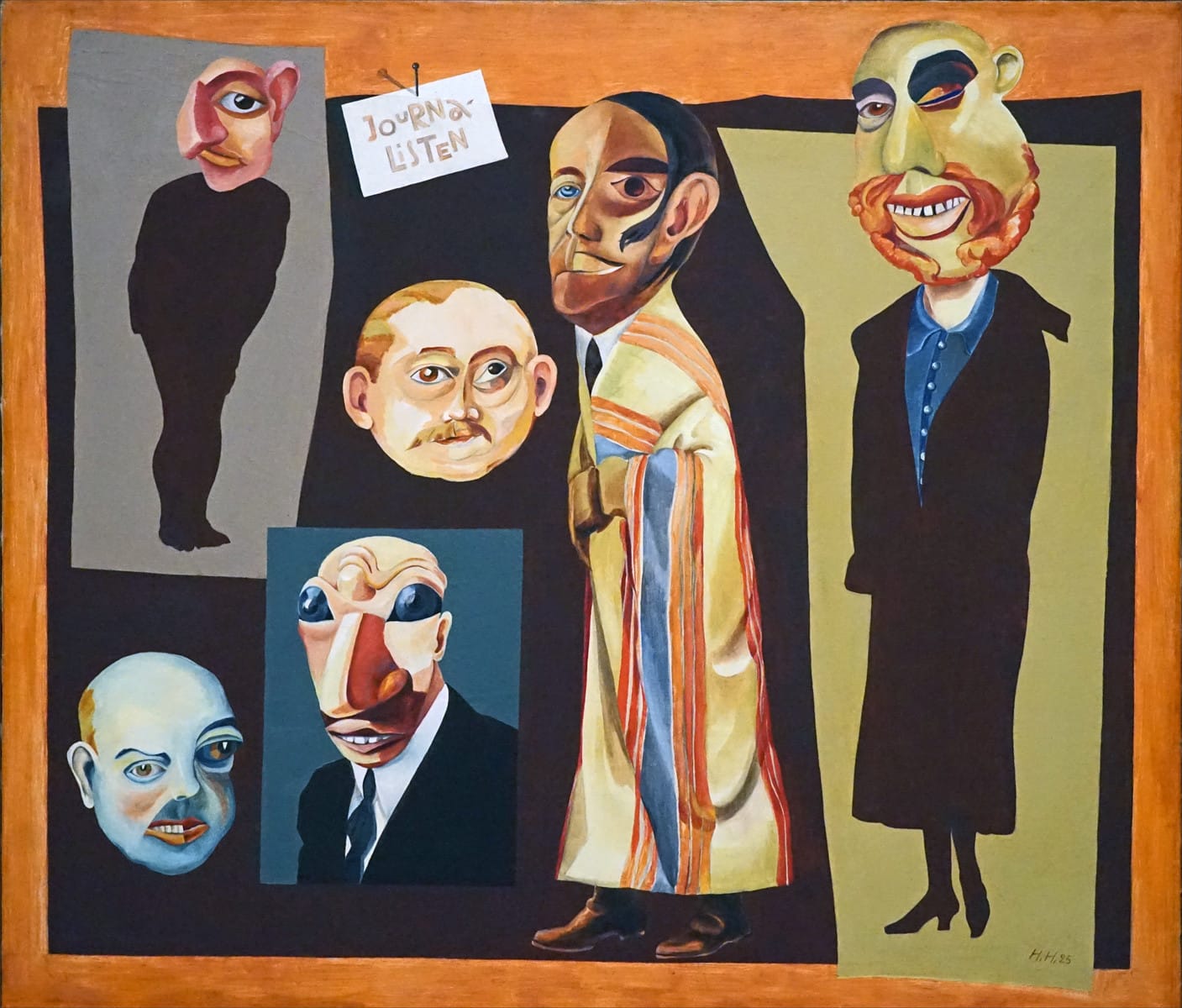
Challenging Reality: The Art of Chance and Satire
Dada challenged not just the art world but the very nature of reality itself. Jean Arp embraced randomness, tearing paper and letting it fall, letting gravity and chance dictate form. His collages captured the unpredictable forces of the world, each fragment landing where it chose, like leaves scattered by a sudden gust of wind. Meanwhile, Hannah Höch, a lone female voice in a male-dominated movement, wielded her scissors like a scalpel, cutting through political lies with her photomontages. Her sharp, jagged compositions sliced together images of power and propaganda, creating chaotic, truth-exposing collages that forced viewers to reconsider their perceptions and confront the absurdity of modern life.
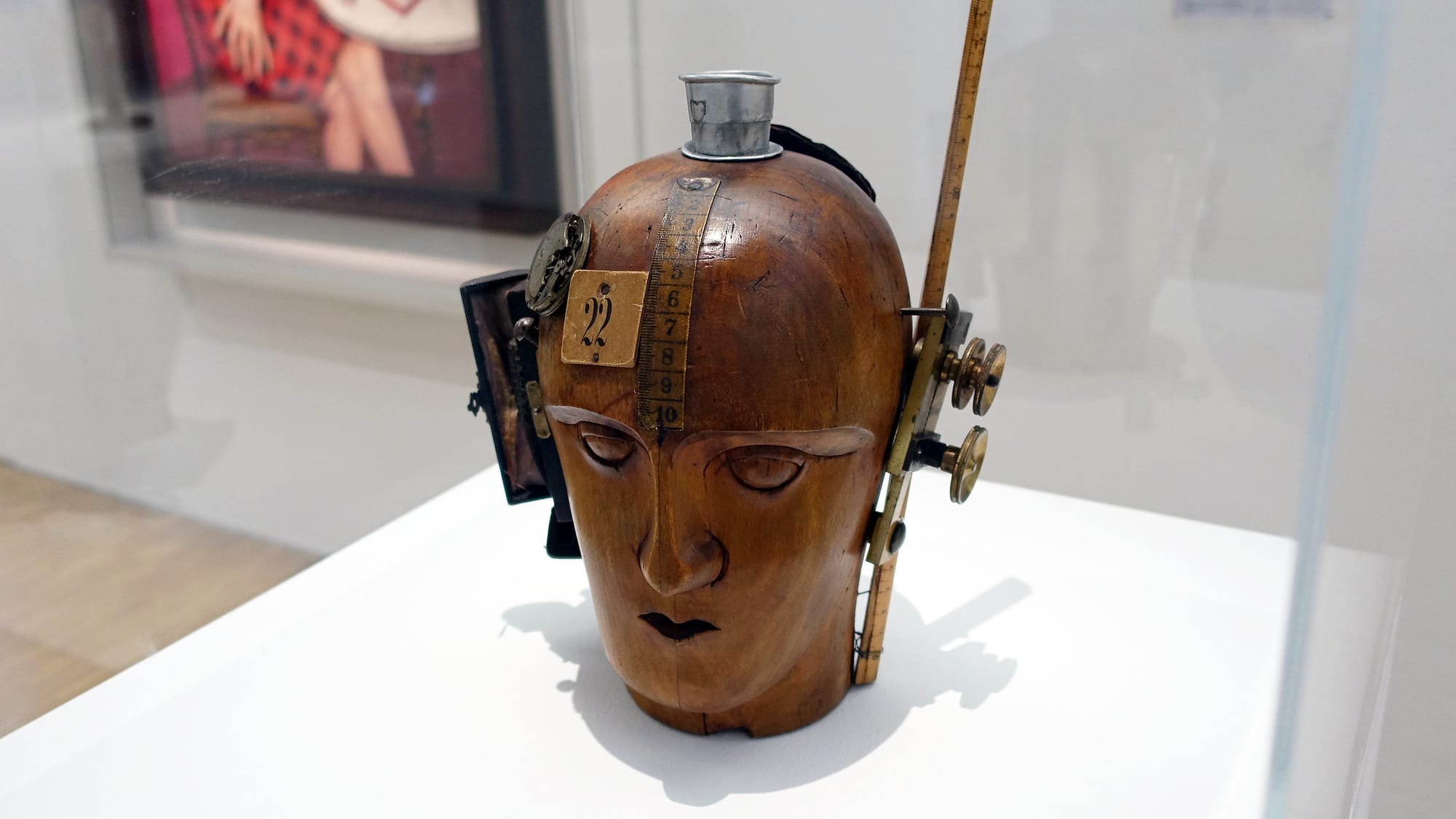
Dada as Political Weapon: The Berlin Chapter
Berlin’s streets echoed with the clatter of typewriters and the sharp, metallic clinks of printing presses as Dada turned savage and fiercely political. Raoul Hausmann, with his wild hair and manic energy, crafted typographic explosions that shattered language itself, while John Heartfield cut into the flesh of fascism with his brutal photomontages. Heartfield’s works, harsh and unflinching, sliced through the rising tide of fascist propaganda, turning Nazi imagery against itself. His iconic pieces, like "Adolf the Superman", exposed the grotesque absurdity of the Nazi regime, revealing the dark, manipulative heart beneath the polished surface of power. In Berlin, Dada was not just a protest – it was a direct assault on the forces of authoritarianism, a creative rebellion waged with paper, ink, and fierce imagination.
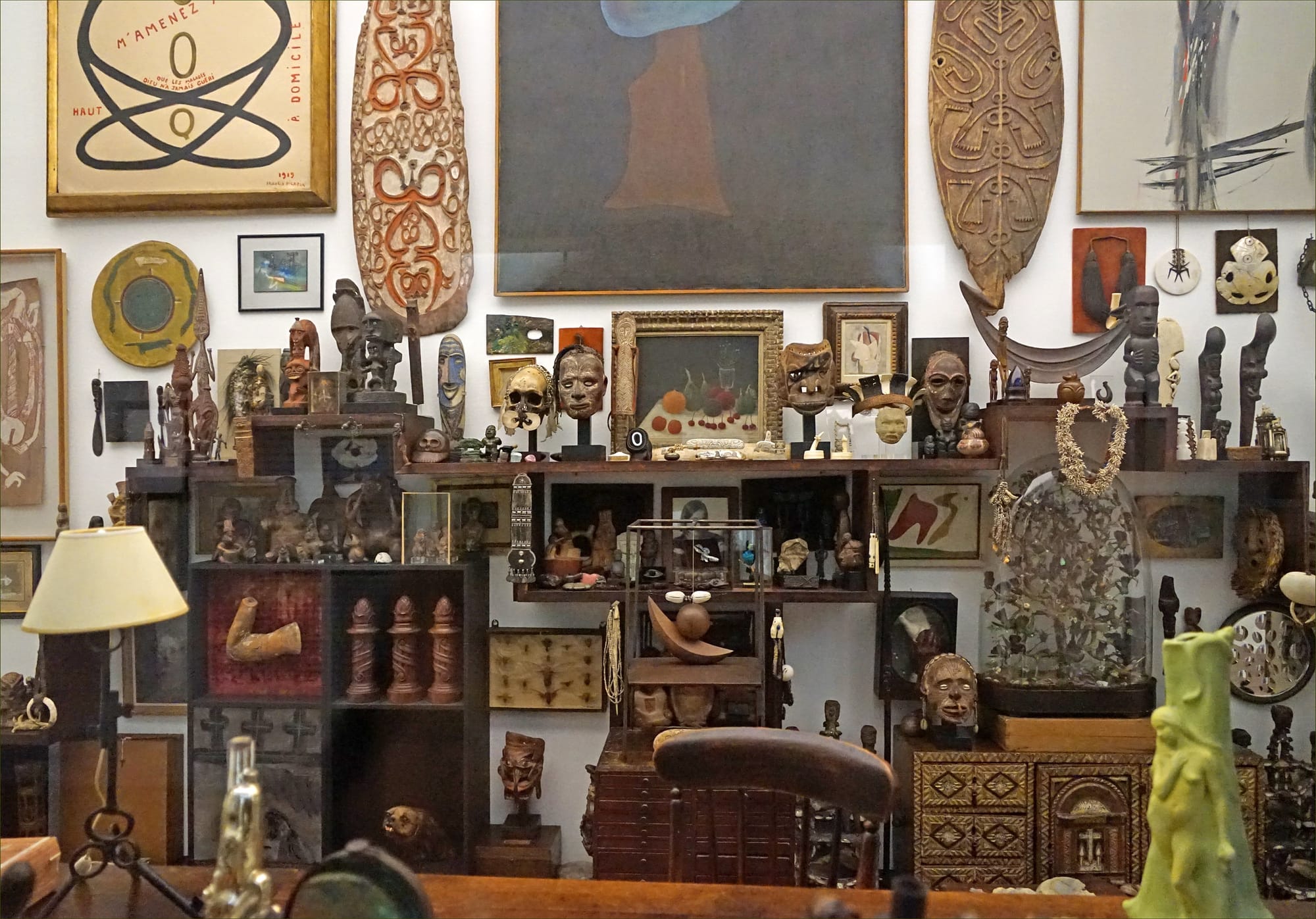
The Surreal Evolution: Paris and Beyond
In the smoky cafés and crowded studios of Paris, André Breton caught the Dada spark and twisted it into something deeper – the surreal. His "Manifesto of Surrealism" became a declaration of artistic freedom, pushing beyond the randomness of Dada into the murky waters of the subconscious. Breton’s world was one of dreams, madness, and suppressed desires, where logic dissolved like melting clocks, and the mind wandered through landscapes of bizarre juxtapositions and unexpected beauty. This shift marked a critical moment in modern art, transforming the chaotic energy of Dada into the rich, imaginative depths of Surrealism, which would become one of the most influential artistic movements of the 20th century.
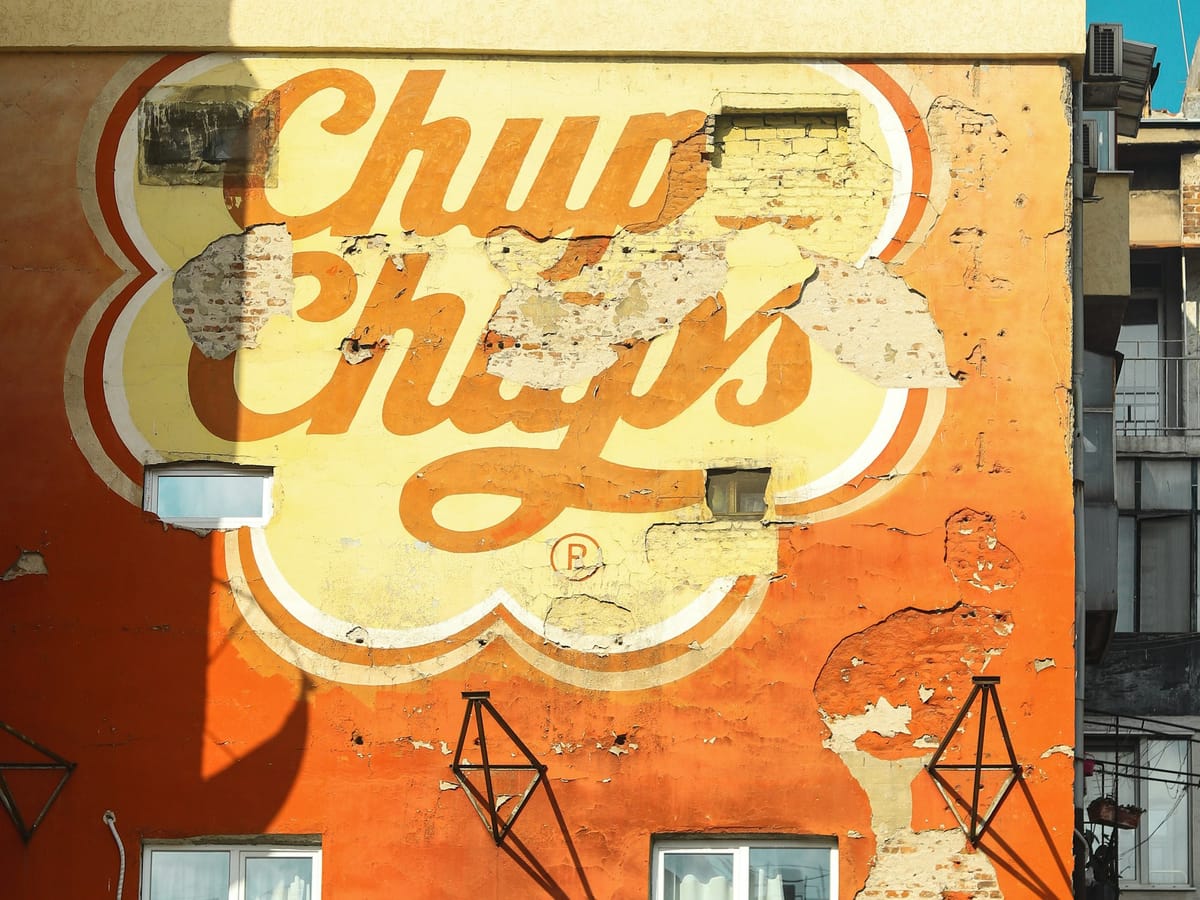
The Legacy of Dada: Breaking Down Walls
As the 1920s bled into the 1930s, the Dada movement fractured. Its original firebrands splintered, some drifting toward Surrealism, others like Ball turning back to religion. But the impact was permanent. It shattered the old rules, tearing down the wall between art and life, planting the seeds for countless artistic revolutions that followed. From the raw chaos of punk to the fragmented visions of postmodernism, the echoes of Dada continue to resonate, a reminder that art can be a weapon against oppression, a mirror to madness, and a force for unrestrained freedom.
Today, the echoes of Dada’s defiance still rattle through galleries, protest signs, and street murals, a reminder that sometimes, the only sane response to madness is madness itself. Its spirit lives on in contemporary art, punk music, digital culture, and every form of expression that refuses to be silenced, proving that chaos, rebellion, and absurdity are still powerful tools for confronting the absurdities of modern life.
ART Walkway News




